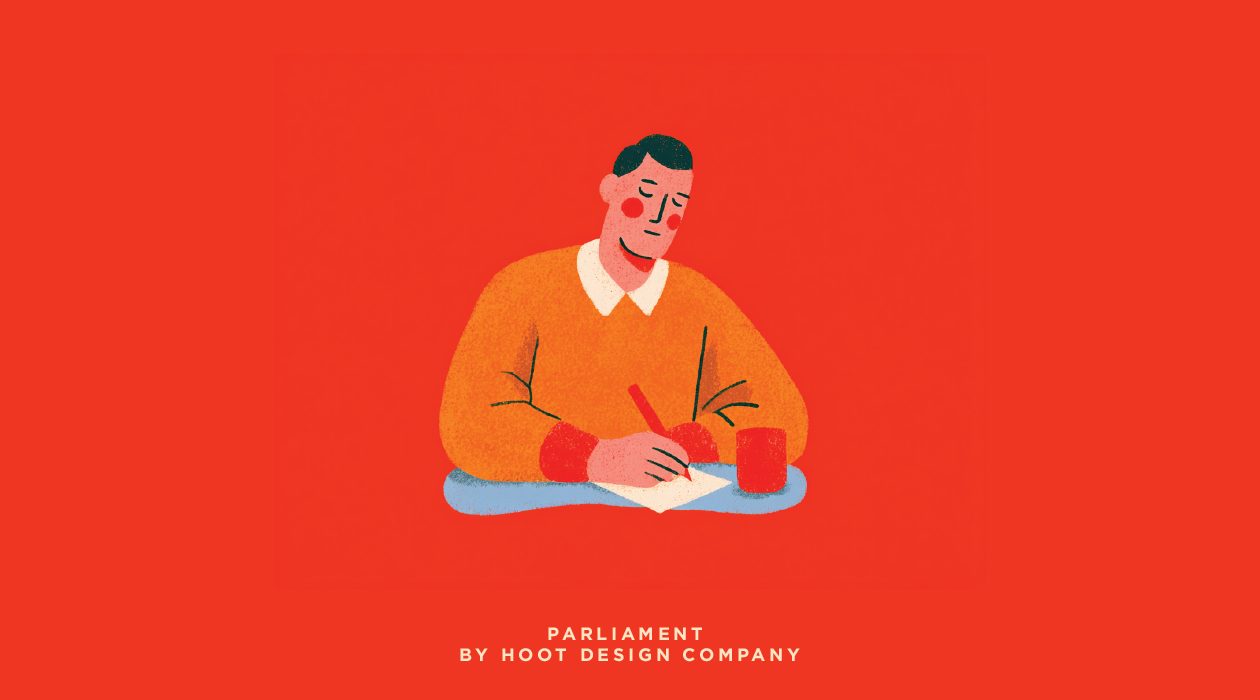Parliament | The Osmosis Myth: Why Your Team Can't Read Your Mind (And Why That's Killing Your Growth)
Let's talk about the founder's most frustrating paradox: You know your brand like you know your own heartbeat, but your team treats it like a foreign language.
Sound familiar? You're in a meeting, reviewing the latest marketing campaign, and something feels... off. It's not wrong exactly, but it doesn't feel like you. Your gut churns as you try to articulate what's missing, but all you can manage is, "This just doesn't feel on-brand."
Welcome to the Osmosis Myth.
The Expensive Delusion
Here's what we tell ourselves: "They'll figure it out. They'll absorb it. They work here—they should get it by now."
Newsflash: Your brand isn't transmitted through office air conditioning.
Will Guidara nailed it in Unreasonable Hospitality: "Language gives intention to intuition." Your intuition got you this far—it's your superpower. But intuition doesn't scale. Expectations don't scale. Hoping your team will "just know" doesn't scale.
What scales? Crystal-clear language that transforms your gut feelings into actionable guidelines.
The Real Cost of Brand Telepathy
While you're waiting for your team to develop psychic powers, here's what's actually happening:
Your marketing team creates email campaigns that feel generic because they're guessing at your voice.
Your sales team pitches prospects using language that doesn't connect because they don't know your true differentiators.
Your new hires spend months trying to decode your culture instead of contributing to it from day one.
Your existing team second-guesses every decision because they're afraid of getting it "wrong" again.
Meanwhile, you're becoming the bottleneck—the brand police who has to approve everything because nobody else "gets it."
The Growth Ceiling No One Talks About
Most founders hit a revenue plateau not because they lack market opportunity, but because they can't scale themselves.
When your brand lives only in your head, you become the constraint.
Every piece of content needs your approval. Every campaign needs your touch. Every hire needs your constant coaching. You're not building a company—you're building a very expensive extension of yourself.
The Brand Being Solution
This is where most agencies would hand you a logo and call it a day. We're not most agencies.
At Hoot, we don't create brands—we excavate them. Through our Brand Being Methodology, we dig deep into what makes you special and give it language that your entire organization can understand, embrace, and execute.
Brand Being isn't about changing who you are. It's about articulating who you've always been.
Your Brand Being Manual becomes your cultural constitution—the document that transforms your intuition into intention, your gut feelings into growth strategies.
From Frustrated Founder to Culture Leader
Imagine this: Your marketing team creates campaigns that make you smile because they sound like you. Your sales team confidently communicates your value because they understand what makes you different. New hires onboard faster because they have a roadmap to your culture, not just a job description.
This isn't fantasy. This is what happens when you stop expecting telepathy and start demanding clarity.
And when you can supercharge productivity with AI — we’re talking about a whole different value add.
The Bottom Line
Your intuition is brilliant. Your vision is powerful. Your culture is unique.
But if you can't put language to it, it dies with you.
Ready to scale your intuition?
Stop waiting for osmosis. Start building intention.
At Hoot Design Company, we're not here to change how the world sees you. We're here to change how you see yourself—and give you the language to share that vision with everyone who matters.
Want to explore how Brand Being can transform your founder frustration into organizational clarity? Let's talk.
P.S. If this hit home, share it with another founder who's tired of being the brand bottleneck. Because when we rise, we rise together—with better documentation this time.
Artwork by Nya McClain, article by Senior Art Director, Bri Thomas
AI Optimizes for Average (And Average Brands Die)
Here's the uncomfortable truth: AI is making everyone mediocre at exactly the same time.
Every founder with a Canva Pro subscription thinks they're a designer now. Every startup with access to ChatGPT believes they've cracked copywriting. And the result? A marketplace flooded with brands that look like they were all designed by the same algorithm—because they essentially were.
AI trains on existing data, which means it's fundamentally backward-looking. It analyzes what's already been done, finds the patterns, and regurgitates variations of the same safe, tested approaches. The problem? Safe and tested is the kiss of death in branding.
While your competitors are churning out AI-generated "professional" logos that could belong to any company in any industry, the brands that break through are the ones living in the uncomfortable spaces that algorithms can't navigate. They're the ones willing to make choices that feel risky, that might not test well, that require actual human judgment about what their specific audience craves.
AI can generate a thousand variations, but it can't tell you which shade of red will make your founder feel seen or which typeface captures the exact tension between approachable and authoritative that your culture demands. It doesn't understand that sometimes the "wrong" choice is exactly right for your brand.
The companies winning right now aren't the ones with the most sophisticated AI tools—they're the ones with taste and the ability to wield these tools like weapons. They understand that breakthrough brands aren't born from optimization; they're born from the messy, human process of making choices that feel authentic to who you actually are.
While everyone else is optimizing for average, the space for brands with actual point of view has never been wider.


